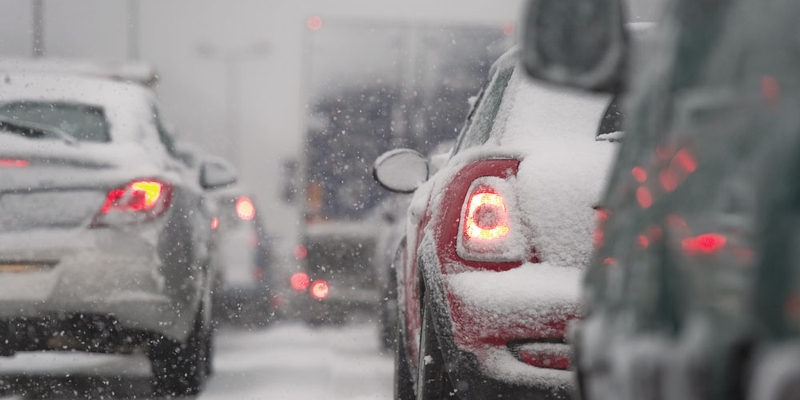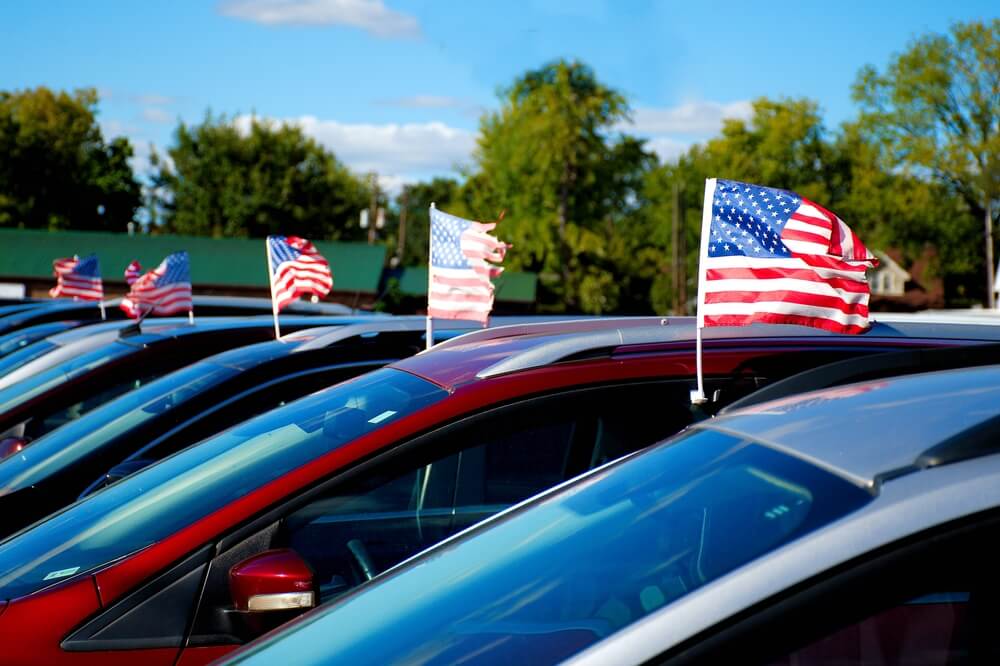
If you are not redirected within 30 seconds, please click here to continue.
Samedi: 10h – 16h HAE

If you are not redirected within 30 seconds, please click here to continue.
If you are not redirected within 30 seconds, please click here to continue.
This article has been updated from a previous version.
There are two types of drivers in Canada: Those who install winter tires when the temperatures drop for the season, and those who don't. And the latest data from Tire and Rubber Association of Canada’s (TRAC) annual Canadian Consumer Winter Tire Study suggests that this year, there will be even more people on the "Don’t" side this year – nearly a third of respondents are less likely to get winter tires installed due to overall ballooning costs of living.
However, preparing your vehicle for the harsh conditions of a Canadian winter can not only increase your safety incrementally, but save you money in the process.
Reasons for — and against — winter tires
For drivers who don't change their tires seasonally, there's the issue of cost, storage, or general disbelief in the need for winter tires — after all, all season tires are called all season tires for a reason, right?
Another justification people cite for delaying winter tire installation is simply that they're planning on driving less over the winter.
However, for every reason why people might forgo winter tires this year, there is a counterargument for putting on those tires. First, those who do use winter tires have faith in the effectiveness of their improved traction and shortened braking distances. And for the cost-weary, there's also the added perk of a winter tire discount that, where available, can save you up to 5% off your auto insurance rate.
In fact, not putting winter tires on your vehicle is one of the top five expensive car insurance mistakes you can make. According to the Rates.ca auto insurance quoter, a 35-year-old male driver living in downtown Toronto would see his lowest car insurance quote decrease from $2,729 to $2,592 for installing winter tires.
Furthermore, thanks to climate change, our winters are harsher and more unpredictable than ever. According to TRAC’s study, 76% of overall drivers believe that climate change has created a bigger need for winter tires than before. So even if you plan on driving less, you never know what kind of incident will pull you back out on the roads – and what those road conditions might look like.
So when you consider the safety and savings that winter tires bring, creating some extra storage space in the spring is a small price to pay for such a worthwhile investment.
Tips for tackling the winter season safely
Whichever side of the winter tire debate you support, one thing is for certain: Special driving precautions need to be taken when tackling winter roads.
- Be mindful of the road and weather conditions. Reduce your speed and drive cautiously, especially when turning, accelerating, or stopping.
- Ensure your gas tank is at least half full so that you've got sufficient fuel to get to your destination, no matter how long it takes you.
- Be sure other drivers can see you coming. Use your lights when visibility is reduced as well as when driving at night.
- Keep a safe distance between yourself and the vehicle in front of you. In the winter, and especially during bad weather, double the two-second rule. This means, wait for at least a four-second interval from the time the car in front of you passes a fixed object until you reach the same object.
- If you start to skid, take your foot off the brake, and steer your vehicle to a safe and clear location, but be careful not to oversteer.
Read more: Top 5 safety tips for winter driving in Ontario
Warm up your winter with a lower car insurance premium
With winter fast approaching, now may be a good time to review your policy, opt for winter tires, and compare car insurance rates to ensure you’re with the provider that can offer you the most affordable rate. Otherwise, you risk auto-renewing at a higher rate than necessary for another full policy year.
Don't waste time calling around for auto insurance
Use Rates.ca to shop around, and compare multiple quotes at the same time.
Get money-saving tips in your inbox.
Stay on top of personal finance tips from our money experts!











